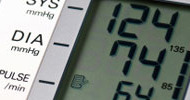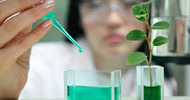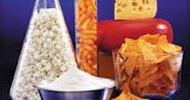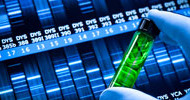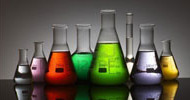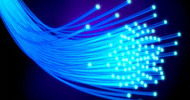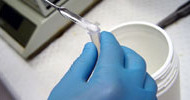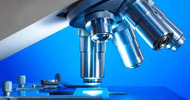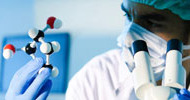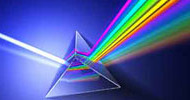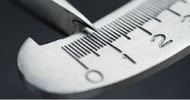Description
Heerbrugg, Switzerland / Wetzlar, Germany - As of June, Leica Microsystems has launched two cameras that are ideal instruments for routine brightfield or fluorescence applications. Both cameras are equipped with sensors dedicated to the respective applications that allow live images of up to 30 frames per second and a USB 3.0 interface for fast data transfer. The Leica Application Suite (LAS) and the fluorescence counterpart LAS Advanced Fluorescence (LAS AF) software platform provide for image acquisition and support users in analysis and documentation.The Leica DFC3000 G is a grayscale USB 3.0 microscope camera for routine fluorescence applications. It features a passive cooling architecture and correlated pixel double sampling and will therefore provide for clear fluorescence signals and low background noise. With its highly sensitive CCD sensor, it is particularly suitable for low light situations such as fluorescence. Providing live images of up to 30 frames per second, microscope users may inspect samples rapidly and protect their specimen from photo damage which will occur whenever samples are exposed to light too long. Data are transferred fast via USB 3.0. "The Leica DFC3000 G produces excellent fluorescence images and can be combined with manual or motorized inverted or upright microscopes and stereo systems - and that makes an affordable imaging package for all budgets," says Karin Schwab, Product Manager, Leica Microsystems.
The Leica DMC2900 is a USB 3.0 microscope camera with a 3.1 Megapixel CMOS sensor for standard brightfield applications in research, industry and life sciences. Routine applications in these fields often require capturing, documenting and analyzing color images of microstructures in little time. Therefore, the camera is equipped with a sensor that will produce live images of up to 30 frames per second and a processing power to match tasks such as capturing multiple images in mosaics or z-stacks. Its CIE-Lab color engine processes images real time with stable live image speed. Data transfer via USB 3.0 interface saves users time when documenting their work and will make the camera compatible with every notebook. "The Leica DMC2900 makes routine brightfield applications easier - users will receive outstanding color images and be able to process and document them at high speed. This makes working with a microscope more convenient," says Urs Schmid, Product Manager, Leica Microsystems.
Both cameras are compatible with a broad range of microscopes and complement each other especially in fields where both brightfield and fluorescence applications may be needed.











